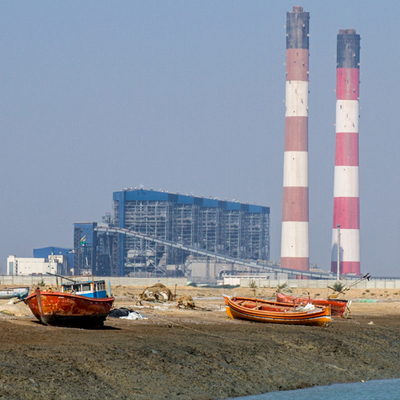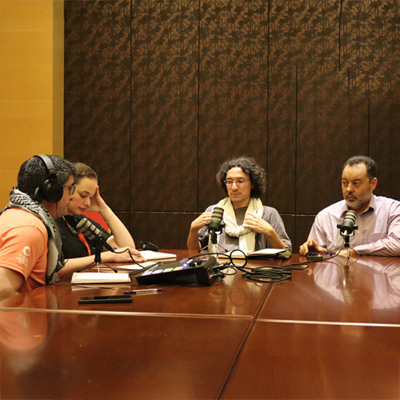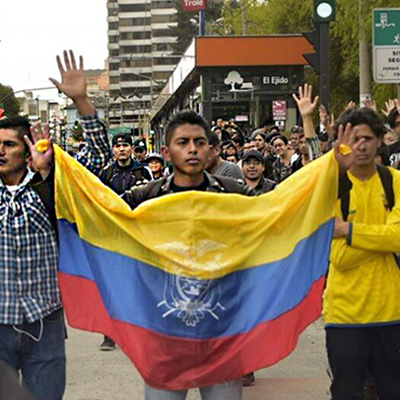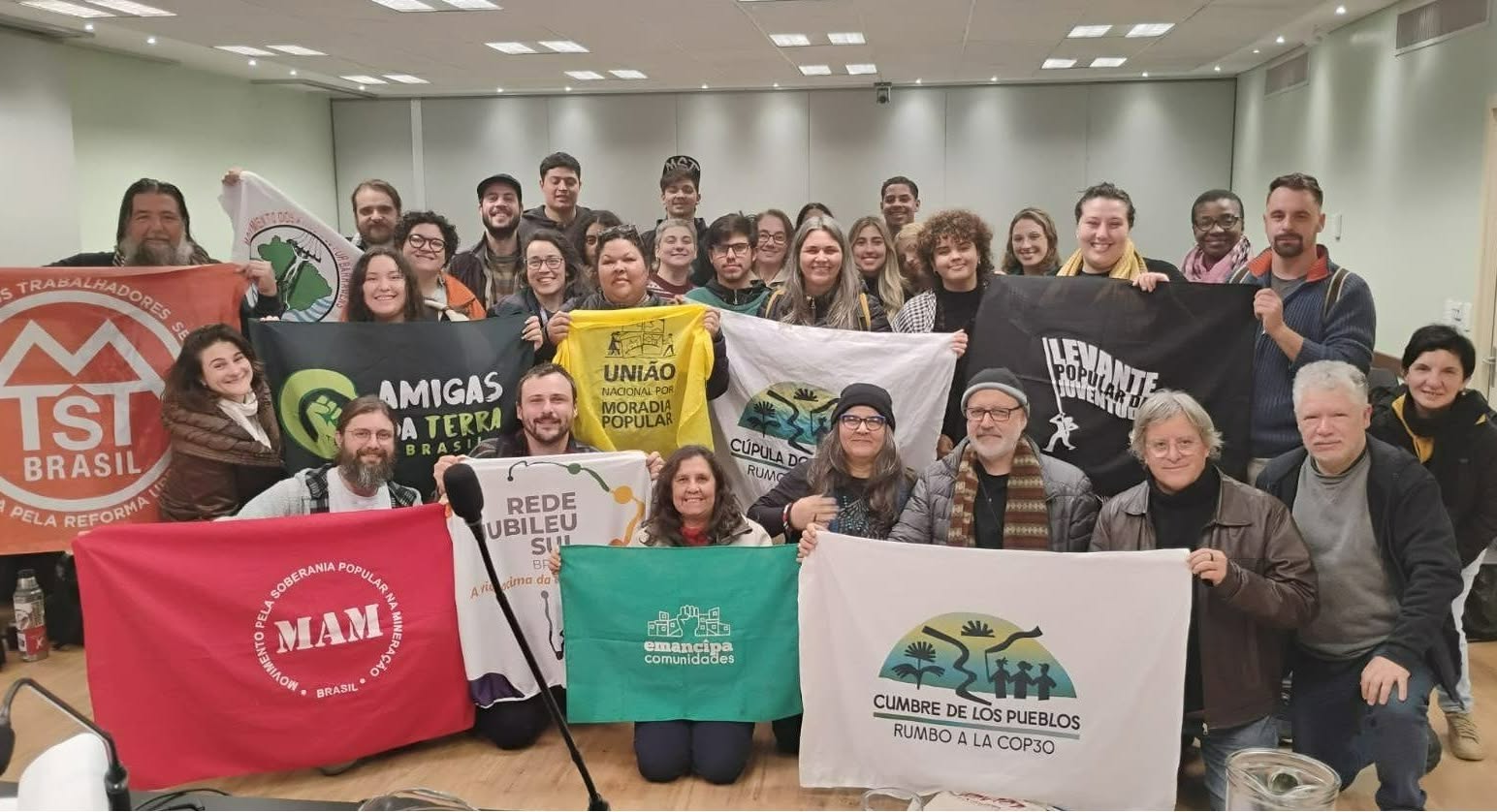A century of intervention
Interview with Dan Kovalik, labor and human rights lawyer: the interest of the US in Nicaraguan intervention
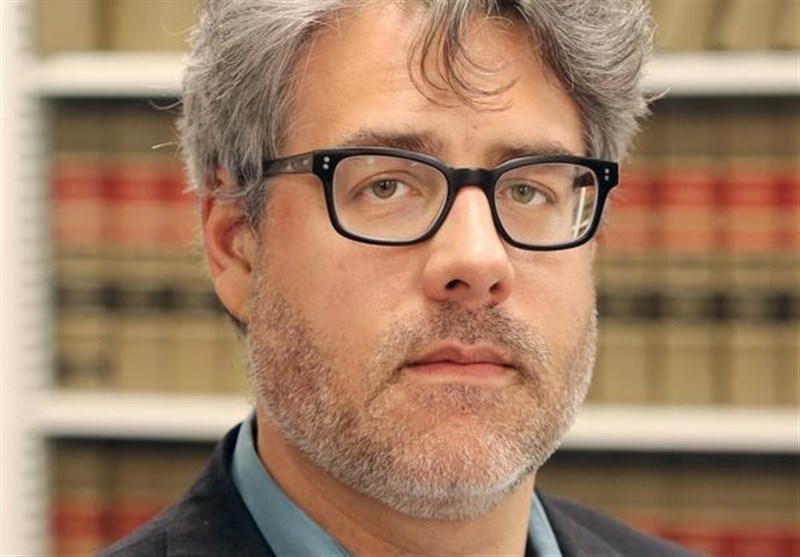 Daniel Kovalik
Daniel Kovalik
Daniel Kovalik, writer of “The Plot to Scapegoat Russia”, deepens on how the US has intervened in many ways in Latin America in the 20th and 21st centuries, including the situation in Nicaragua.
Since last April, several so-called “civil society” organizations have been demanding the exit of the Frente Sandinista de Liberación Nacional and its president Daniel Ortega from office, with tanks in the streets, supply shortages and violence.
Murders of Sandinista leaders or simply workers who just won´t join the boycott, through dreadful methods such as burning people, have been taking place in these past two months and a half in Nicaragua.
“As we know, the US has intervened in Nicaragua many times in the last more than one century. In fact, Nicaragua is the second most intervened country in the hemisphere and there is some interest in the possibility of a canal that could be built…” “What the US doesn´t want is the Chinese working with Nicaragua in these types of projects. The US is pretty much still wedded to the Monroe doctrine in which Latin America is it´s back yard”, said Daniel.
The US writer also made reference to the strong links of Nicaragua with Libya, an African country invaded by a coalition led by the Pentagon. This could be one of the elements behind the current retaliation by Washington.
Also, Kovalik stated that Nicaragua is maybe one of the few Central American countries that doesn´t buy food from the US, unlike its neighbors Guatemala or Honduras, which buy basic food to the US despite their prominently agrarian economies.
Kovalik also said that the US public opinion is utterly uninformed about what is happening in Nicaragua and Latin America in general.
In his press articles, Kovalik describes in detail the psychological and paramilitary war with economic sanctions by the US against Nicaragua, which resulted in the electoral defeat of Frente Sandinista in 1989.
Despite this, Nicaragua is different than its Central American neighbors since it is the most stable and prosper country of the region, with a significantly higher level of public security and public policies as a result, among others, of the revolutionary victory that marks its 41st anniversary on July 19.
In another part of the interview, Kovalik said that the National Endowment for Democracy, a satellite organization of the US foreign policy under the guise of civil society organizations, has invested over four million dollars in Nicaraguan organizations in the past two years, several of which are leading the demands to oust Ortega.
In the 80s and 90s, said Endowment was in charge of regime change operations for the Central Intelligence Agency (CIA) itself, said Kovalik.
Kovalik also analyzed the links of this situation in Nicaragua, with what is experienced in Cuba, Bolivia and Venezuela. He said that there are many similarities between the “guarimbas” in Venezuela and the “tranques” in Nicaragua, and that they both tend to respond to the interests of the US and further their goals.
He also made reference to the elements of the context that also explain what is happening in Nicaragua: “Colombia was actually now admitted to NATO, which is quite bizarre. And now it looks like Ecuador is going to allow the US to have a base there again…” “Both scenarios relate to the US´s desire to project power throughout the region, but also to encircle Venezuela”. “They now see a chance to do that with Lula in jail in Brazil and with Venezuela and Nicaragua now on the ropes”.



